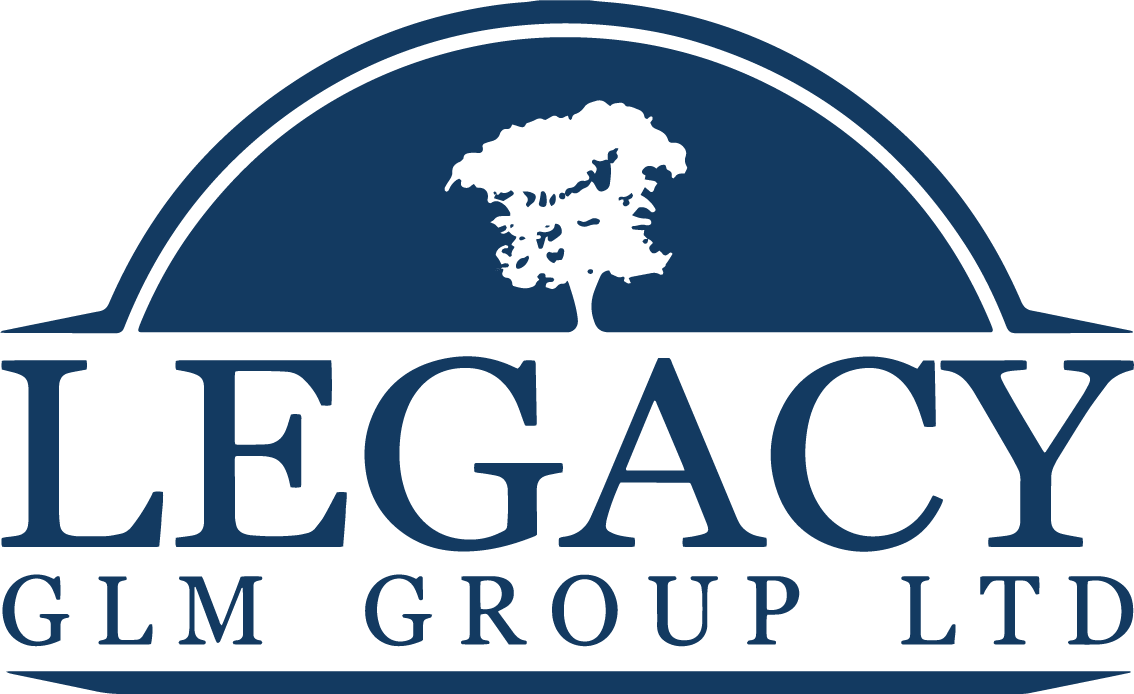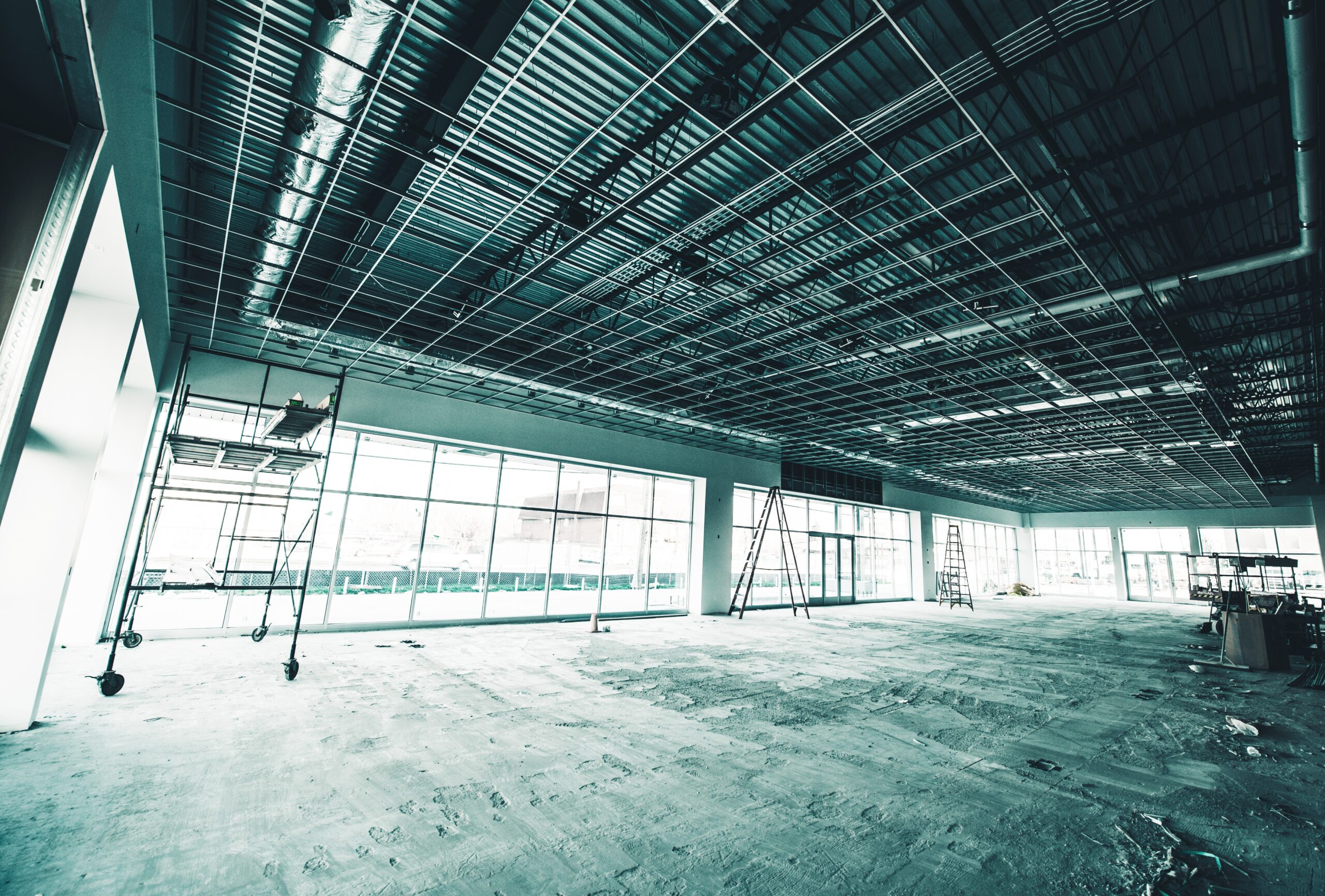
End-of-lease dilapidations refer to the damages or disrepair a tenant may cause to a property during their tenancy. As a landlord, managing this is essential in maintaining the property’s value and ensuring it is returned to its original condition when a tenant moves out. Failing to address dilapidation issues can result in costly repairs, lost income, and legal disputes. In Hampshire, ensuring that dilapidations are handled properly is crucial for landlords looking to protect their investment and keep their properties in top shape.
End-of-Lease Dilapidations are vital for property restoration because they provide a clear understanding of the damage or neglect that needs to be addressed before a new tenant can occupy the property. These dilapidations typically include anything from minor cosmetic damage, such as worn carpets or scratched paint, to major issues like broken fixtures, mould, or plumbing failures. Understanding the extent of these issues and addressing them promptly will help to ensure that the property is market-ready and avoids long-term damage.
Common queries regarding End-of-Lease Dilapidations often include:
-
What exactly is it?
-
Why should landlords be concerned with dilapidation issues?
-
What steps do landlords need to take when restoring their property?
This guide will explain dilapidations during end-of-lease, explore why they are so critical for landlords, and walk you through the necessary steps for dilapidation restoration. By properly managing dilapidations in Hampshire, landlords can safeguard their properties, avoid financial setbacks, and minimise tenant disputes. Whether you’re a first-time landlord or an experienced property owner, understanding the importance of these procedures is key to successful property management.
What is End-of-Lease Dilapidations?
Dilapidations during end-of-lease refer to the damage or disrepair caused to a property by tenants during the term of their lease. As a landlord, understanding what falls under dilapidations and the tenant’s responsibilities is crucial to ensuring that your property is returned to you in good condition when the lease ends. It is essential to establish clear expectations regarding the condition of the property before the tenant moves in, and addressing any dilapidation issues promptly when the lease ends can save you time, money, and potential legal problems.
At the end of a lease, dilapidation costs refer to the cost of repairing the property and bringing it back to its original state. This includes any necessary repairs, replacements, or maintenance that may have been neglected or caused by the tenant’s use. Often, landlords will have a dilapidation report prepared, which will highlight the repairs needed, the estimated costs, and any areas that require attention.
Some of the most common issues that fall under dilapidations include:
-
Damage to walls, floors, or ceilings: This can include scratches, stains, holes, or structural damage. Often, this can be repaired with a fresh coat of paint or minor plastering.
-
Broken fixtures or fittings: Items such as light fixtures, door handles, kitchen equipment, or taps may be broken, damaged, or missing altogether.
-
Unkempt common areas: If the tenant has not maintained shared spaces such as hallways, staircases, or communal gardens, this can lead to potential safety hazards and a reduction in the property’s value.
-
Neglected maintenance: A failure to maintain things like plumbing, heating systems, or windows can result in significant repair costs when the lease ends. This includes minor repairs or general upkeep that the tenant has neglected.
Dilapidation reports are an essential tool for landlords to track the condition of their properties throughout the lease and ensure that any necessary repairs are addressed before re-letting or selling the property.
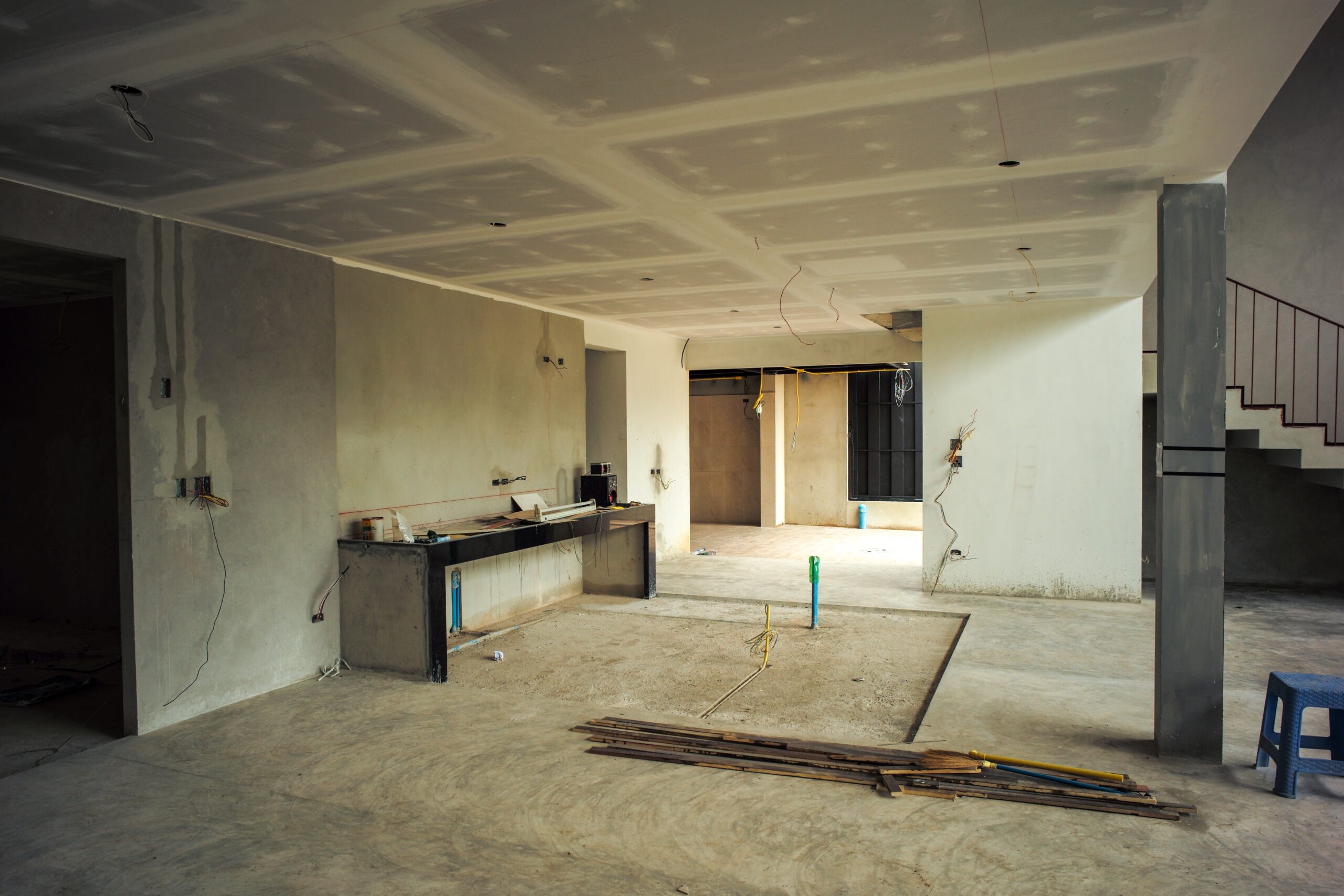
The Role of Landlords in Managing End-of-Lease Dilapidations
As a landlord, managing dilapidations during end-of-lease is a crucial part of ensuring that your property is maintained to the highest standard and returned in a condition that is fit for future tenants or sale. The landlord’s role in overseeing the property’s condition, conducting assessments, and preparing for repairs is vital to managing dilapidations effectively. Let’s explore the key responsibilities and steps landlords need to take when handling dilapidation costs.
-
Ensuring Property Maintenance: One of the primary duties of landlords is to ensure that the property is maintained throughout the lease. This means regularly inspecting the property to identify any issues before they become bigger problems. Keeping a maintenance log and performing regular checks of major systems such as heating, plumbing, and electrical systems can prevent issues that could result in dilapidations.
-
Dilapidation Assessments: When the lease is approaching its end, a dilapidation assessment should be carried out. This assessment will identify any damage or wear and tear to the property that needs to be repaired. The assessment should cover areas such as walls, floors, ceilings, windows, doors, and common spaces. It also includes reviewing the overall condition of appliances, plumbing, and heating systems to determine if any repairs or replacements are needed.
-
Reviewing Lease Agreements: The lease agreement should clearly outline the tenant’s responsibilities when it comes to the property’s upkeep. Landlords should refer to this agreement when assessing dilapidation costs and use it to determine what repairs are the tenant’s responsibility versus the landlord’s. In cases where tenants are at fault for damage, the landlord can charge them for the cost of repairs or use the security deposit as a source of funding.
-
Engaging Professional Help: Often, dilapidation repairs require the help of professionals, particularly when it comes to structural damage, plumbing, electrical systems, or large-scale renovations. Landlords should engage specialists in dilapidation repairs or maintenance to ensure that the work is done to a high standard and in compliance with building regulations.
-
Documenting the Condition of the Property: Documenting the condition of the property at the start of the lease and at the end is essential. This can be done through photographs, videos, and a thorough inspection checklist. This documentation will act as evidence in case any disputes arise about the condition of the property when the tenant moves out.
By managing dilapidation assessments and ensuring the correct steps are taken when issues arise, landlords can reduce the likelihood of financial disputes and costly repairs when a lease ends. Taking proactive measures will save landlords both time and money and ensure the property is ready for the next tenant or sale.
How to Restore A Property After An End-of-Lease Dilapidation
Restoring a property after end-of-lease dilapidations is crucial for landlords, whether they are preparing the building for new tenants, a sale, or a fresh start. The restoration process involves several steps, ranging from minor repairs to major renovations. A well-executed restoration will not only bring the property back to a satisfactory condition but also maintain or increase its value. Let’s explore the essential steps to effectively restore a property following dilapidations.
-
Hiring Professional Specialists: The first step in the restoration process is hiring professional dilapidation repair services or maintenance specialists. These experts are experienced in identifying hidden issues that may not be immediately visible and can offer valuable advice on how to restore the property. Whether it’s fixing structural damage, updating outdated systems, or ensuring compliance with building regulations, professionals will guide you through every step of the process.
-
Repairing Structural Damages: One of the most common issues identified during dilapidation assessments is structural damage. This includes cracks in walls, damaged flooring, or faulty roofing. It is essential to address these issues first to ensure the integrity of the building. Structural repairs should be carried out by certified professionals who can guarantee the safety and longevity of the work.
-
Repainting and Refreshing Interiors: After fixing the structural damages, the next step is refreshing the interior of the property. This can include repainting walls, ceilings, and trim, as well as replacing worn-out carpets or flooring. Updating the interiors makes the property more appealing to potential tenants and can also help to attract higher rents. Professional decorators or interior designers can assist with this step to ensure a modern and attractive finish.
-
Upgrading Key Systems: While restoring the property, landlords should also consider upgrading essential systems such as heating, plumbing, and electrical systems. If the property is outdated, upgrading these systems will help prevent future dilapidations and make the property more energy-efficient. Tenants appreciate modern, well-maintained properties, and these upgrades can justify higher rents or a quicker turnaround between tenancies.
-
Addressing Common Areas: If the property has communal spaces, such as hallways, staircases, or outdoor areas, it’s important to focus on restoring these too. Issues like broken light fixtures, dirty or damaged flooring, or unkempt outdoor spaces should be addressed. These areas play a significant role in creating a positive impression for potential tenants.
-
Ensuring Compliance: Once the restoration work is complete, ensure that the property meets all necessary safety and legal standards, such as fire safety regulations, gas safety checks, and electrical compliance. A property that meets these standards will be more appealing to tenants and will prevent future legal disputes.
By following a structured approach to restoration, landlords can ensure that their properties are in top condition, allowing them to avoid costly future repairs and attract reliable tenants. Restoration not only helps landlords comply with the terms of the lease but also maximises the property’s market value.
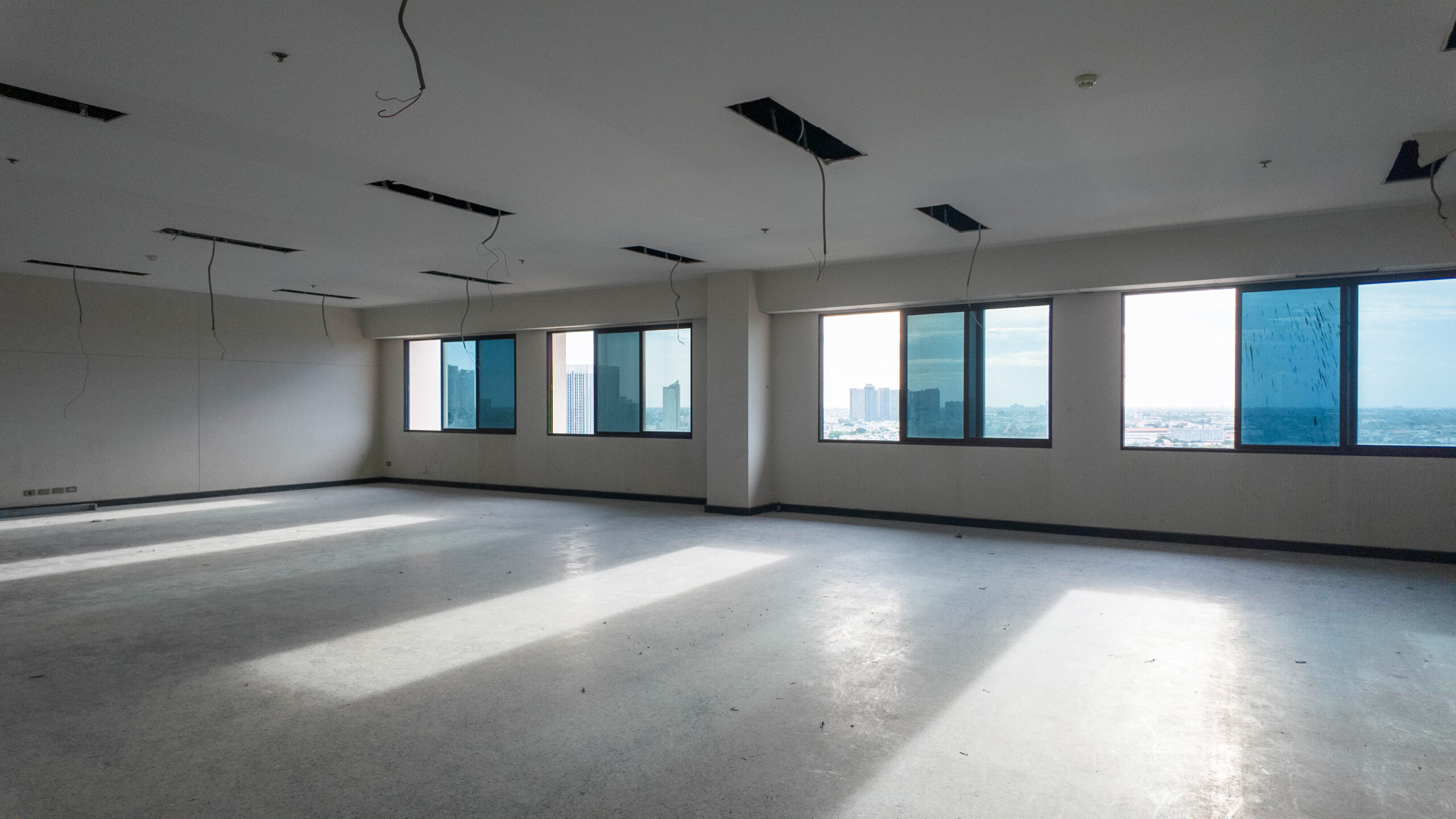
Legal and Financial Considerations of End-of-Lease Dilapidations
Dilapidations during end-of-lease are not only about physical repairs to a property; they also come with legal and financial implications for both landlords and tenants. Understanding the legal framework and financial impact of dilapidations can help landlords avoid costly disputes and ensure they comply with the law. Let’s examine the key legal and financial considerations associated with dilapidations at the end of a lease.
1. Understanding Tenant and Landlord Responsibilities
The Regulatory Reform (Fire Safety) Order 2005 and various housing regulations place legal responsibility on tenants and landlords to maintain the condition of the property. Tenants are generally required to return the property in a state of repair that meets the conditions outlined in the lease agreement. This includes addressing damages caused during the lease period and ensuring the property is returned in a good state.
Landlords must ensure that the dilapidation clauses in the lease are clear and enforceable. The lease should specify exactly what condition the property should be in upon the tenant’s departure. For example, tenants are expected to repair any damages caused by wear and tear or neglect. Failure to address dilapidation repairs can result in legal disputes, so it is important for landlords to manage the process diligently.
2. Dilapidation Costs and Their Impact on Landlords
Dilapidation costs can be significant, especially if the tenant has neglected the property or caused substantial damage. These costs typically cover repairs such as fixing structural damage, replacing broken fixtures, and repainting the premises. If the tenant fails to carry out these repairs, the landlord will often need to fund them, which can affect their profit margin.
However, dilapidation costs can also be mitigated through an effective assessment of the property before and after the tenant’s occupancy. If the landlord conducts regular inspections and ensures that the property meets safety and maintenance standards during the lease, the costs can be kept lower. Additionally, some landlords may be able to claim part or all of the dilapidation costs from the tenant’s security deposit.
3. Legal Disputes Over Dilapidations
Legal disputes can arise if a tenant disputes the dilapidation costs or if the dilapidation assessments are not carried out fairly. For example, if a tenant believes that the landlord is asking for unreasonable repairs or maintenance work, they may challenge the charges. To avoid disputes, landlords must be clear about the lease terms and provide proper documentation that outlines the tenant’s responsibilities.
In some cases, a landlord may have to take legal action to recover dilapidation costs. This can involve taking the case to court, which can be time-consuming and costly. Therefore, it’s advisable for landlords to work with dilapidation experts who can carry out a professional assessment and ensure that all repairs are justifiable.
4. Financial Impact on Tenants
For tenants, dilapidation charges can have a significant financial impact. Tenants may be asked to pay for repairs they believe they are not responsible for, which could strain their finances. As such, tenants should ensure they understand their obligations under the lease and avoid damaging the property. It’s also important for tenants to carry out repairs promptly to avoid higher costs at the end of the lease.
5. The Role of Insurance
In some cases, tenant insurance can help cover dilapidation costs. This is particularly relevant when damage is caused unintentionally or due to circumstances beyond the tenant’s control. However, it is essential for both landlords and tenants to understand the terms of the insurance policy and how it applies to dilapidations.
6. Avoiding Legal Issues with Proper Documentation
Both parties should ensure that proper records are kept throughout the lease period. Tenants should keep documentation of any repairs or improvements they’ve made to the property, while landlords should maintain records of any inspections or repairs carried out. This documentation can be crucial in resolving disputes over dilapidations and protecting both parties from legal issues.
Understanding the legal and financial implications is vital for both landlords and tenants. Proper management of dilapidation assessments and costs, along with clear communication and documentation, can prevent disputes and ensure that both parties are satisfied with the outcome.
Ensuring Proper Management of End-of-Lease Dilapidations
Managing dilapidations during end-of-lease is an essential part of property management for landlords. A proactive approach to addressing dilapidation issues can save time, money, and potential legal disputes. Proper documentation, clear communication with tenants, and regular inspections are key elements to ensure that properties are returned in good condition and in compliance with lease agreements.
Hiring professionals such as dilapidation specialists can offer significant advantages in assessing the true condition of a property and managing repairs. By getting a professional dilapidation report, landlords can ensure the necessary repairs are conducted without overcharging tenants or missing important issues that may cause bigger problems down the line. It also ensures that legal requirements are met and that all repairs are reasonable and justifiable.
While dilapidations can be costly, a good strategy for prevention is the best approach. Regular property inspections, clear lease agreements, and communication with tenants throughout the lease period can help avoid significant repair work once the lease ends. Encouraging tenants to maintain the property well and address any issues promptly can reduce the overall dilapidation costs.
At Legacy GLM Group, we specialise in end-of-lease dilapidations and property restoration services. We provide expert assessments, manage repairs, and offer advice on how landlords can maintain their properties throughout the lease. If you’re a landlord in Hampshire or Portsmouth, we are here to support you through the dilapidation restoration process.
Contact us today at 02392 985 776 for expert advice on dilapidation restoration and to ensure that your property is returned to you in top condition.
